Movies based on comic books are quite common, largely due to the numerous Marvel and DC adaptations that have changed Hollywood. However, there are some interesting cases where the tables have been turned. Movie franchises like Psycho, The Matrix, Cloverfield, and many others have served as the inspiration for comics that either serve as sequels to the original story or spin-offs.
Some of these comic adaptations offer more context behind certain characters and storylines while some others subvert the visual aesthetic of the franchise with new character designs and art styles. All of them provide a way for fans of these properties to enjoy more stories in the same franchise, without having to wait for another movie installment that may not be forthcoming.
Psycho
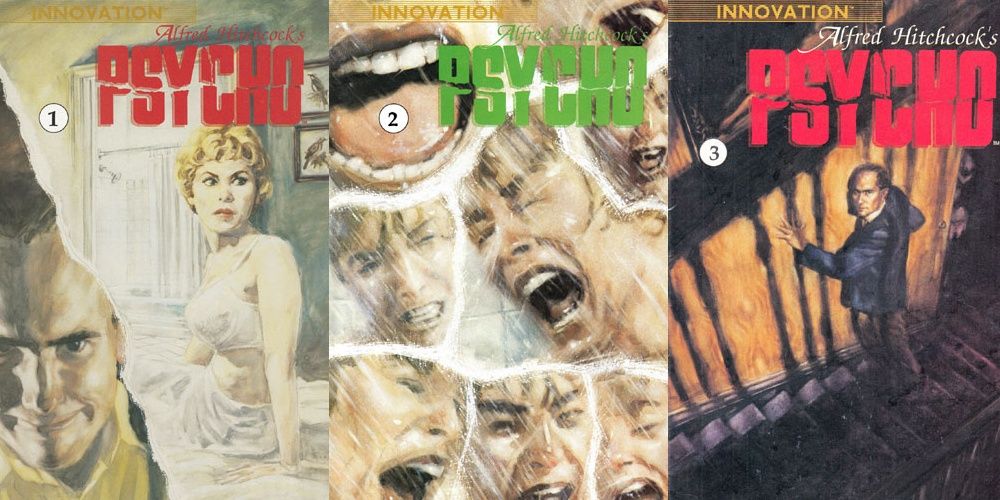
Alfred Hitchcock’s iconic thriller classic led to a franchise with less successful sequels and a failed remake. What many wouldn’t know is that Psycho was also adapted in 1992 for a three-part miniseries by Innovation Comics. The comic doesn’t bring anything new to the table as it is largely a faithful retelling of the film.
However, what makes the comic a must-buy for Hitchcock fans is the painted art style by Felipe Echevarria. Scenes such as the quintessential ‘shower scene’ are brought to life with multiple angles and a hauntingly beautiful color palette. In fact, the painted illustrations might make comic book collectors reminiscence of Alex Ross’s work on comics such as Marvels and Kingdom Come.
The Lost Boys
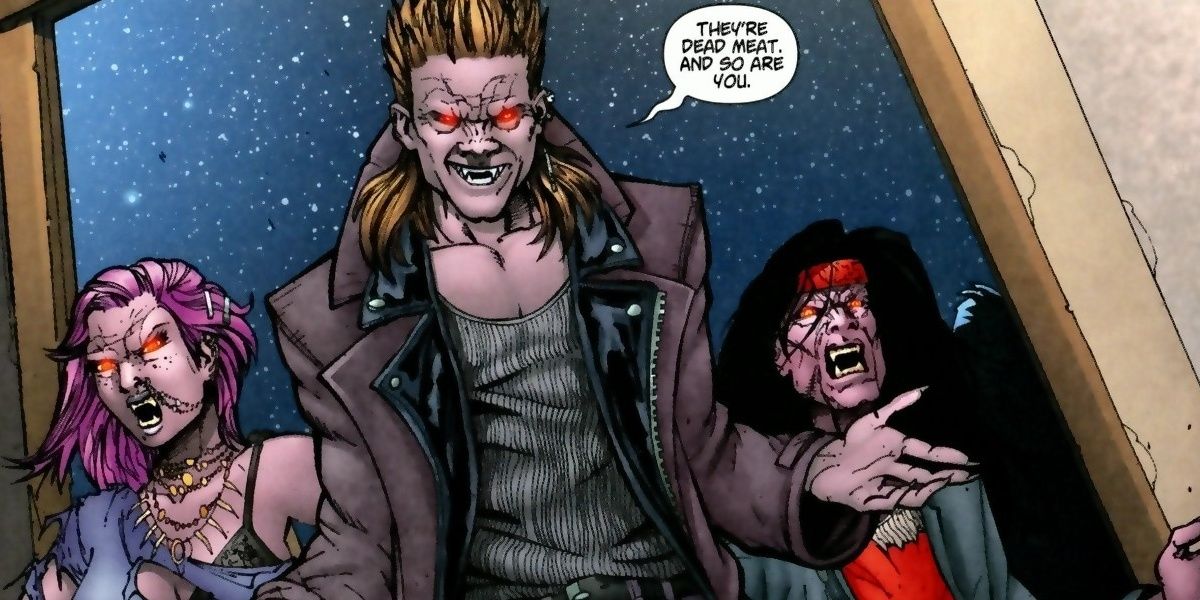
The classic ’80s vampire horror flick The Lost Boys balanced style with substance, cementing the fame of stars like Corey Feldman and Keifer Sutherland. The Joel Schumacher venture was then followed by two sequels The Thirst and The Tribe that largely went under the radar. The franchise has also spawned two comic book series, Reign of Frogs making for an essential read.
The 2008 four-issue series by Wildstorm is set years after the first film and brings back the vampire-hunting brothers Edgar and Alan Frog as they encounter a blood-sucker whom they thought they had killed long ago. The result is a dark satire on the vampire genre itself. Fans of vampire hunter movies and comics such as Blade and Buffy would definitely find this sequel interesting.
Cornetto Trilogy
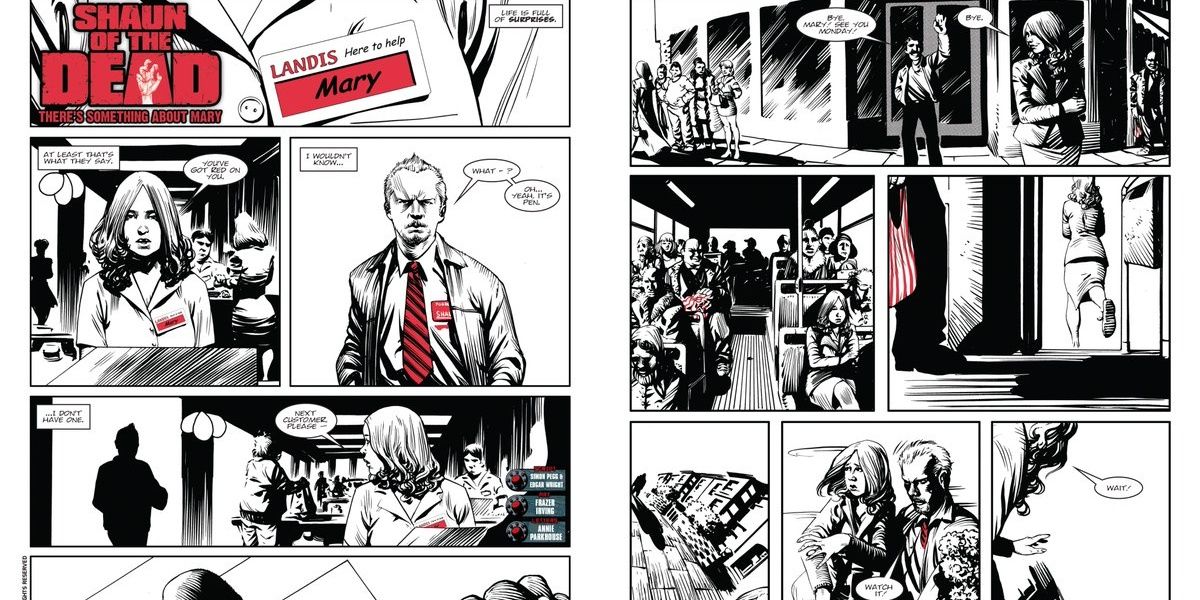
While every movie of Edgar Wright’s Cornetto Trilogy has major potential for comic book thrills, only Shaun of the Dead has received a comic book adaptation so far. Even though it was adapted into a four-issue comic adaptation, it is the 2000 AD one-shot storyline that provides new material to the film’s zombie-dominated universe.
Titled ‘There’s Something About Mary’, the story follows the misadventures of the first zombie, Mary, and her other undead peers. A major reason for checking it out is the fact that leading man Simon Pegg and director Edgar Wright were behind the writing while Frazer Irving (of Judge Dredd fame) served as the illustrator.
The Terminator
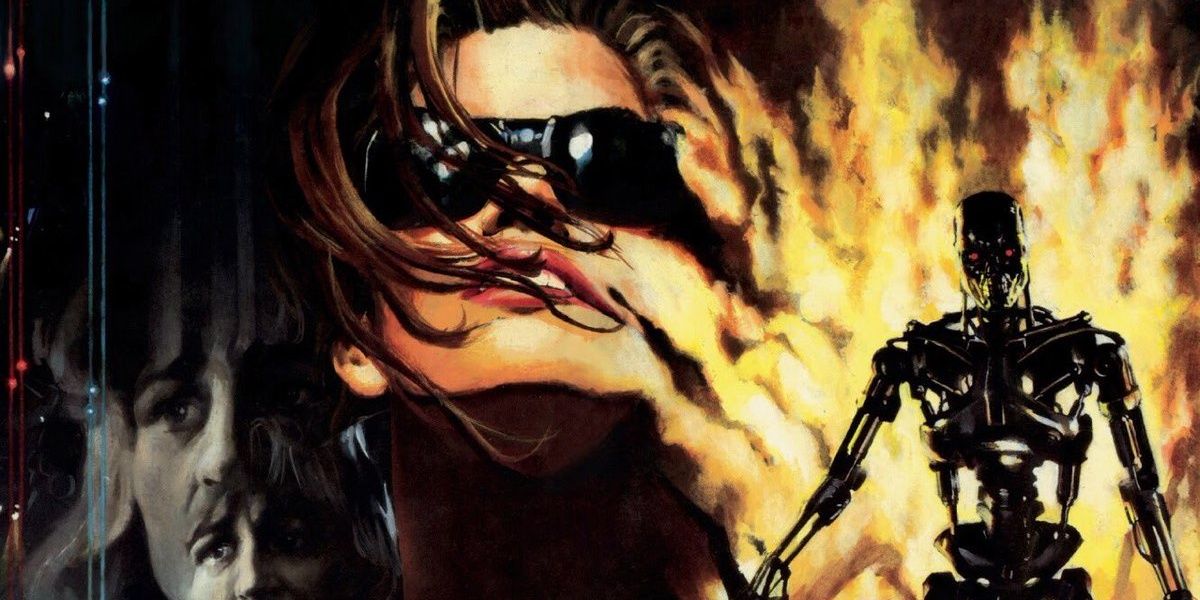
Terminator: Burning Earth is probably one of the finer works of the seven different Terminator graphic novels. Even though the series won’t be considered canon, the series still offers an interesting glimpse at John Connor’s resistance efforts in the future.
The five-part story by NOW comics is perhaps all the more important for it marked the debut of the aforementioned Alex Ross. Known for his painted interior panels and covers, Ross became a mainstay in DC and Marvel comics in the coming future. As for the scripting, the series was written by Ron Fortier who had already dabbled in other comic adaptations of The Terminator and The Green Hornet.
Cloverfield
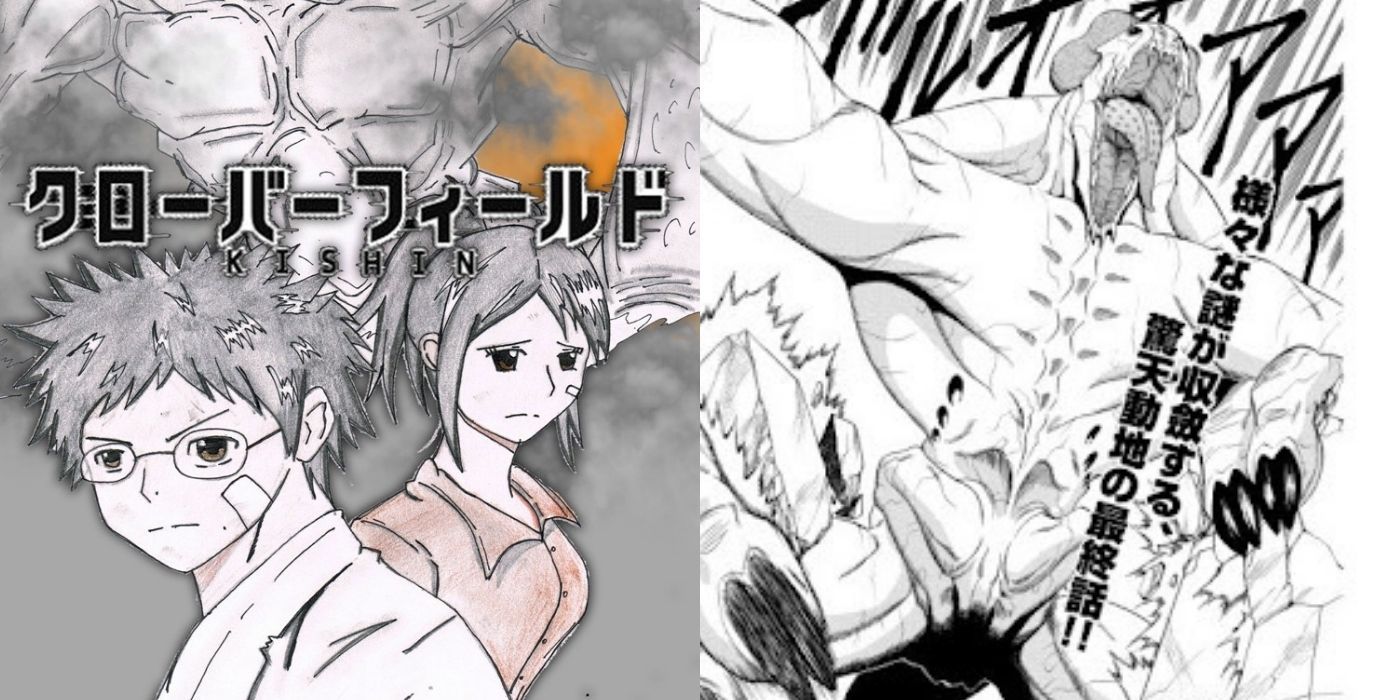
As a film, Cloverfield was a creative take on the found-footage genre even though its two sequels took a different route. Translating the handicam-shot claustrophobia of Cloverfield in a comic book would be an exciting task in itself but the film’s manga tie-in dealt with an alternate storyline.
Cloverfield/Kishin revolves around two students desperately seeking shelter from the film’s aliens as they ravage Tokyo’s coastline. While it’s unclear whether the manga is set in the same continuity as the film, it is certain that the monsters are the same and more details on their nature and biology are offered. Such details are necessary in the context of the film as Cloverfield otherwise never focused on the true origins of the creatures.
The Matrix
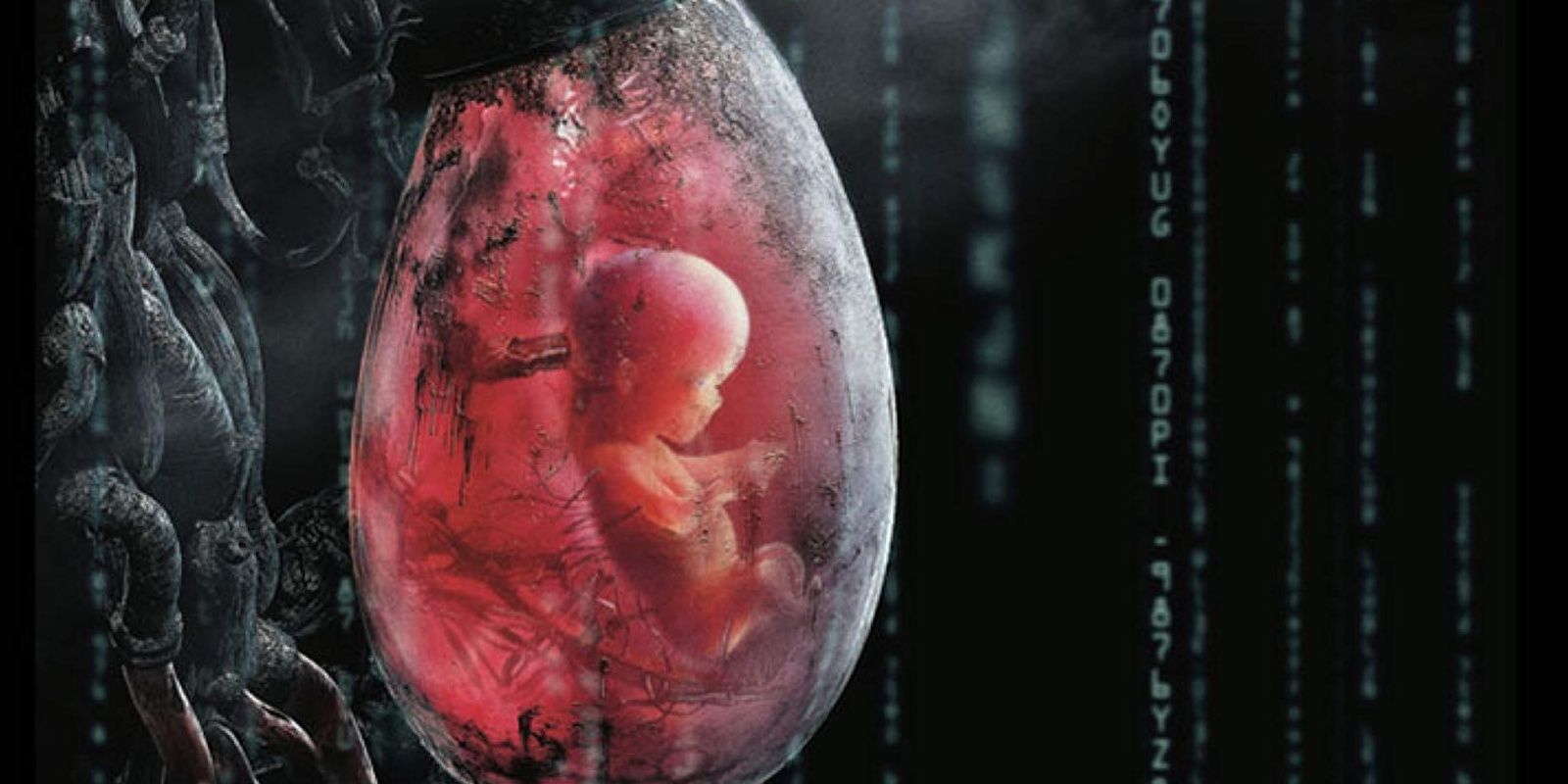
Given the immense mythology of The Matrix universe, a comic book follow-up seems to be the perfect choice to expand upon the mythos. Several webcomics and print editions have been published since the first Matrix‘s release, with the Wachowski’s overseeing the writing in most of them.
For collectors, the logical option would be to buy The Matrix Comics: The 20th Anniversary Edition that was published in 2019. The 400-page volume consisted of 26 comics that provided backstories for both the characters and the ever-changing world of the Matrix itself. Additionally, several of these comics also had exclusive pin-ups adding more to their value.
John Wick
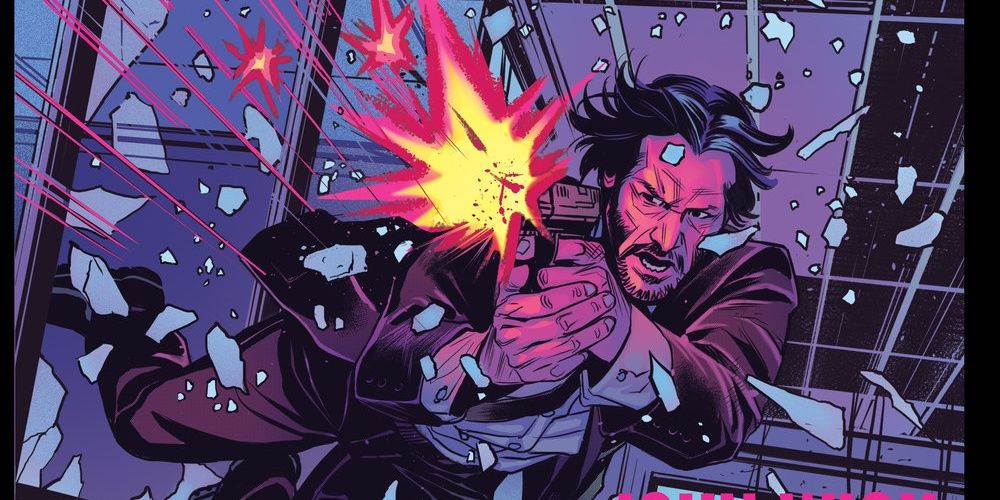
Ever since the first John Wick film, it was established that Keanu Reeves’s titular character was a master assassin in his prime. The trilogy focuses on his later years as he’s forced out of retirement. The Dynamite Comics miniseries, however, focuses on Wick’s early life and the ruthless missions that earned him the title of ‘Baba Yaga’.
As can be expected from a John Wick adaptation, the comic series is stylish and over-the-top in its depictions of violence. The black-and-white panels add a grim touch to the neo-noir visuals of the series.
2001: A Space Odyssey
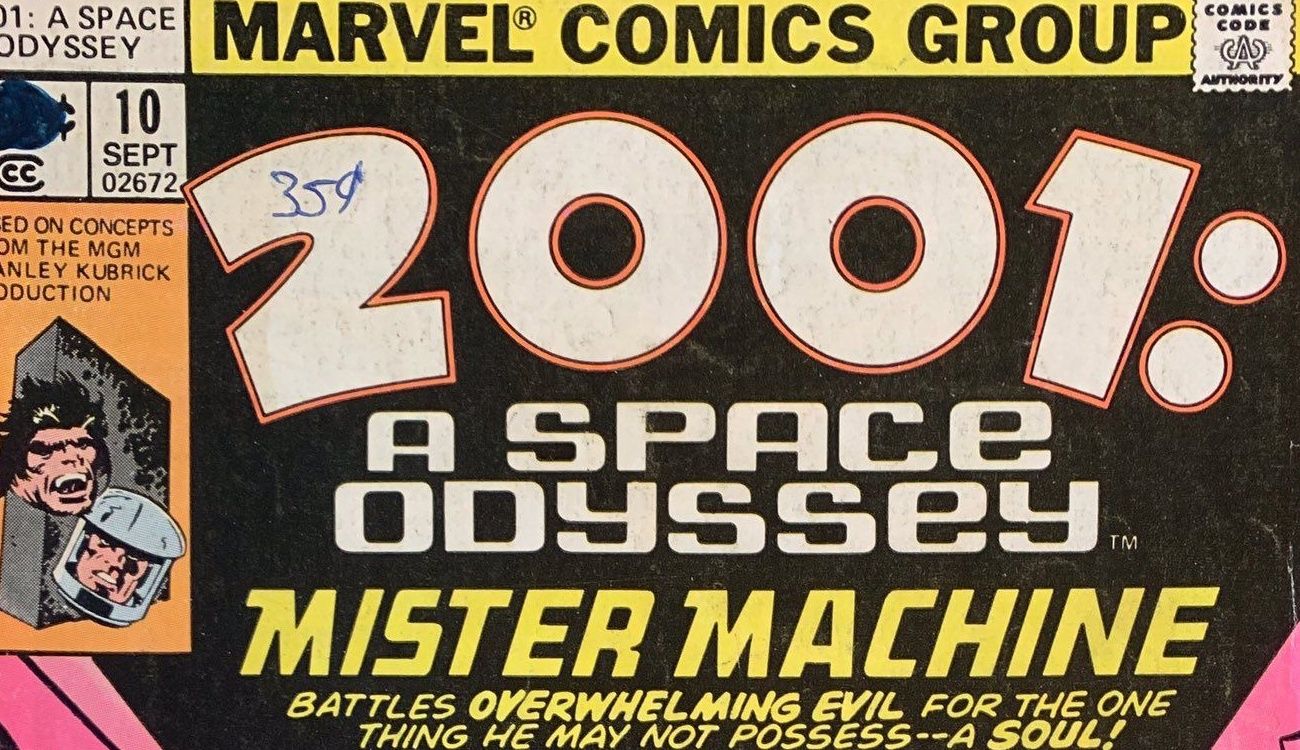
Stanley Kubrick’s cult classic movie 2001 was followed by a sequel 2010: The Year We Make Contact. Even though the films stopped there, Arthur C Clarke kept on authoring novels following it with 2061 and 3001. Additionally, Marvel released an exclusive on 2001 as a ten-issue monthly series.
The comic adaptation of 2001: A Space Odyssey is not just significant for expanding upon the mythos of Kubrick’s original but also for the fact that it was written and penciled by the legendary comic book creator Jack Kirby. He added certain new elements to the story that correlates with other Marvel stories too. For instance, one of the androids was X-51 who later appeared on The Avengers as Machine Man.
Jurassic Park
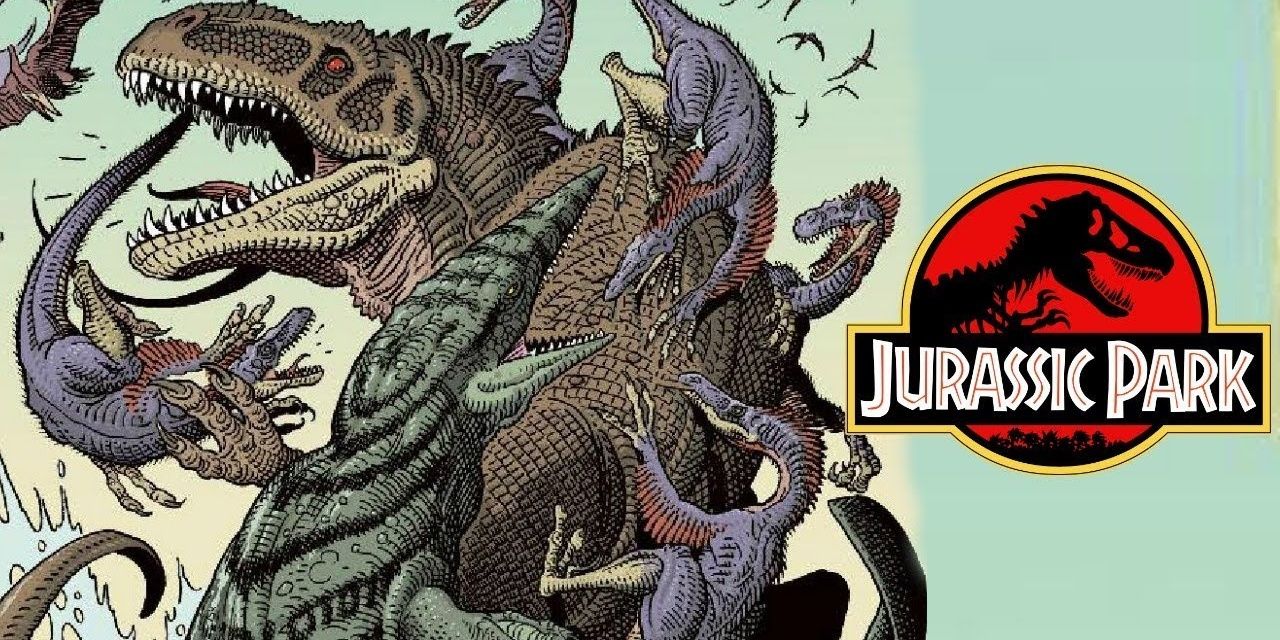
The sci-fi franchise Jurassic Park has served as the source material for numerous comics but a standout example would be 2010’s Jurassic Park: Redemption. Set years after the first three films, Redemption finds Tim Murphy’s grandson inheriting his grandfather’s legacy and wishing to make yet another dinosaur theme park, this time in Texas. As is the norm with each film in the series, chaos ensues with escaping dinosaurs.
What’s notable about Redemption is that it was published at a time when none of the Jurassic World films existed. So, it does present an alternate non-canonical future for the franchise.
28 Days Later
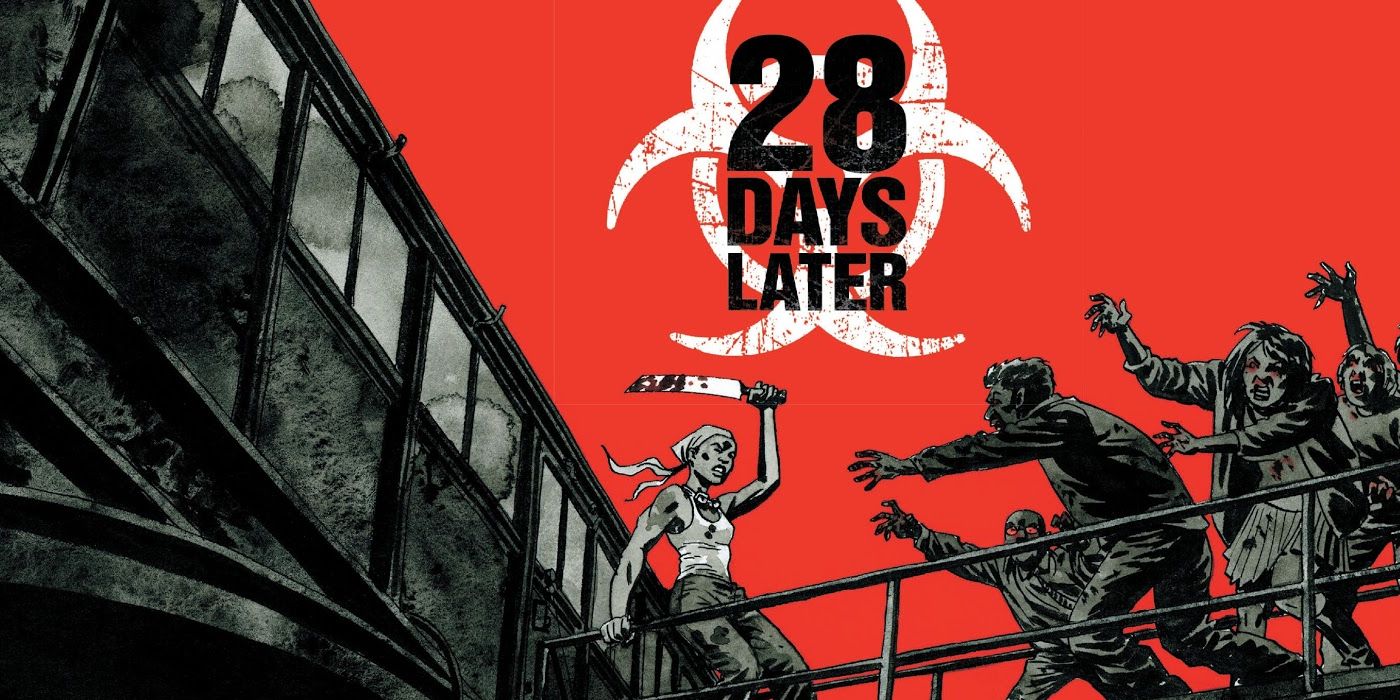
The 28 Days Later comic series is the perfect middle chapter between the critically-acclaimed British zombie movies 28 Days Later and 28 Weeks Later. The comics offer a more detailed glimpse into the spread of the Rage Virus while examining the lives of the film’s characters as well as some new ones.
Spanning across 24 issues, 28 Days Later is more than just a promotional miniseries (as is the case with many other comic tie-ins). The survival story spans across all of Europe expanding the film’s scope while simultaneously standing out on its own as a hyperviolent, post-apocalyptic series.




